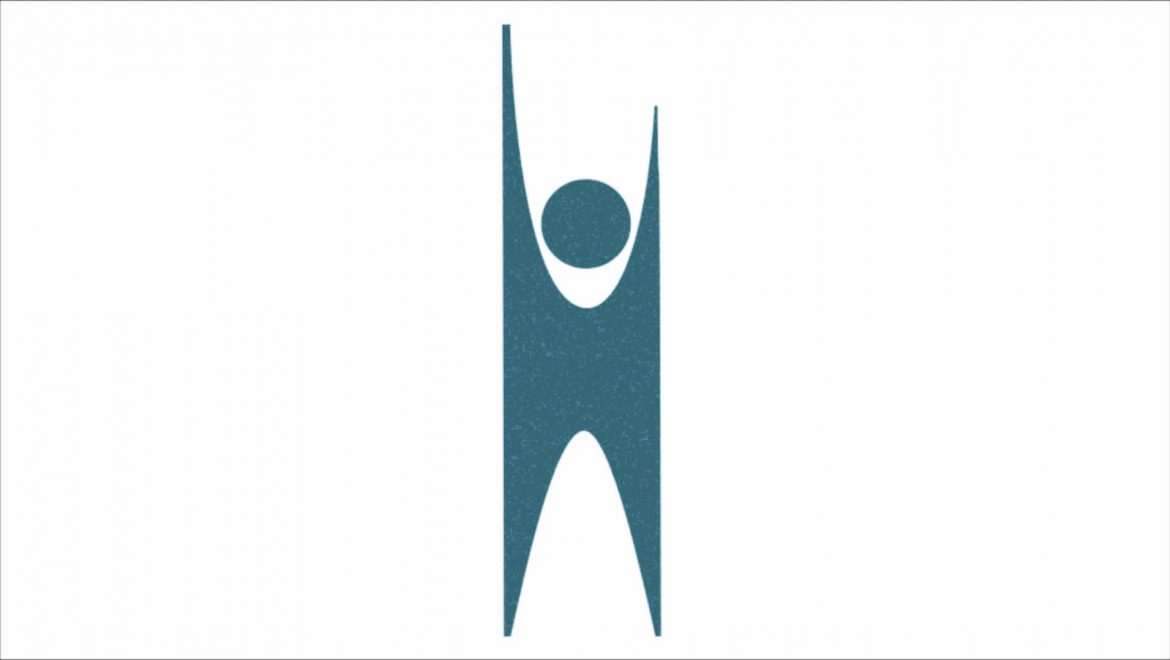
This introductory article from the Society for Humanistic Judaism explains when, how and why traditional coming-of-age rituals are celebrated in the Humanistic community. The Bar/Bat Mitzvah is celebrated at 13 years old as a transition ceremony into adolescence, followed by a Confirmation ceremony celebrating a child’s entrance to adulthood at 16 years old. Interpreted to mean “son or daughter of responsibility,” the Bar/Bat Mitzvah ceremony may include the reading of a Torah portion of the young person’s choice, or a personal Jewish-themed study project. Founded in 1963 by Rabbi Sherwin T. Wine, Humanistic Judaism enables people of any background to cherish Jewish history, culture, and ethics without worshipping a supernatural being.
Bar and Bat Mitzvah and Confirmation
The bar mitzvah – and the bat mitzvah, the twentieth century counterpart for girls – and confirmation are essentially puberty rites. A Humanistic bar or bat mitzvah or confirmation represents a genuine expression of beliefs and values, and reinforces a link to the celebrant’s Jewish roots. It is a communal acknowledgement that the child is maturing, and is an inclusive celebration for the entire family. Family members, no matter what their religious or cultural backgrounds, attachments, or beliefs, are invited to fully participate in the celebration. A Humanistic bar or bat mitzvah or confirmation ceremony is gender-neutral.
Bar and Bat Mitzvah
The practice of calling a thirteen-year-old boy to read from the Torah is not prescribed in Jewish law and did not begin until the fifteenth century. Thirteen-year-old girls did not obtain this privilege in North America until the early part of the twentieth century (since, in Rabbinic Judaism, participation in Torah reading was reserved for males). Just as this coming of age ceremony has changed through the centuries, Humanistic Judaism has adapted it to the conditions of contemporary Jewish life. Both the ceremony and its meaning are different.
In classical Judaism, the bar mitzvah marked the time when a boy was expected to assume responsibility for observing the laws of Judaism. Before the age of Thirteen-year-olds, a child was presumed to be under his parents’ control; after his thirteenth birthday, the obligation to obey the commandment of the Torah was his own. He was considered part of the adult community – a “son of the commandments.”
In modern North American society, age thirteen no longer represents the beginning of adulthood. For Humanistic Jews, the bar or bat mitzvah (often referred to as the “mitzvah”) marks the advent not of adulthood but of adolescence – a period of searching for one’s identity and life path. Thirteen year olds can respond to more challenging tasks than were expected of them as children; they can demonstrate greater independence and depth of thought, competence, and commitment. A Humanistic bar or bat mitzvah provides public encouragement and recognition of the development of these capacities on the road to maturity. It signifies a young person’s desire to become more responsible for his or her own decisions and actions, and to identify with the many previous generations of the Jewish people who have done so. For Humanistic Jews, bar or bat mitzvah is interpreted to mean “son or daughter of responsibility.”
How do Humanistic Jews mark this rite of passage? One way is for the young person to choose a Torah portion (not necessarily the prescribed portion of the week) and to read it, along with an original interpretative address. A more radical departure, but one in keeping both with Humanistic principles and with the meaning of the occasion, is for the boy or girl to undertake a study of the life of a Humanist or Jewish role model, or another appropriate topic. An adult tutor, sometimes the student’s parent or parents, supervises the research and the presentation of a paper and a speech summing up the results. The preparation for this presentation is often a program of study and community service undertaken by the child as part of their Jewish education.
Preparation for a Humanistic bar or bat mitzvah gives a young person the opportunity to grow intellectually, emotionally, and spiritually; to develop skills and self confidence; and to experience a meaningful connection to the Jewish people and to humankind. The event provides an opportunity for family and community to join in celebrating and applauding those achievements and to reaffirm their own commitments. Families are encouraged to keep the party and gift giving secondary to the main event, the ceremony itself. Children sometimes request that guests at the celebration make donations to a charity that has meaning for the child or their family in lieu of bringing gifts to the celebration.
Confirmation
Confirmation, originally introduced by Reform Judaism, offers an opportunity for more mature philosophical, ethical, and spiritual exploration and reflection on the part of young people approaching adulthood. Confirmation, which customarily takes place at Shavuot, in the late spring, is often a group ceremony marking the completion of Sunday school. A Humanistic variation is an individual ceremony on the sixteenth birthday (a kind of “second mitzvah”). The confirmant demonstrates his or her intellectual and emotional skills as an emerging adult by presenting a research paper on a subject of historical or ethical interest to Humanistic Jews.
Bar or bat mitzvah or confirmation celebrations may, but need not, be conducted by a rabbi or an ordained ceremonial leader (madrikh/a). There are many resources in the SHJ Store Life Cycle section that can help you in creating Humanistic Jewish ceremonies to mark the cycle of life.


